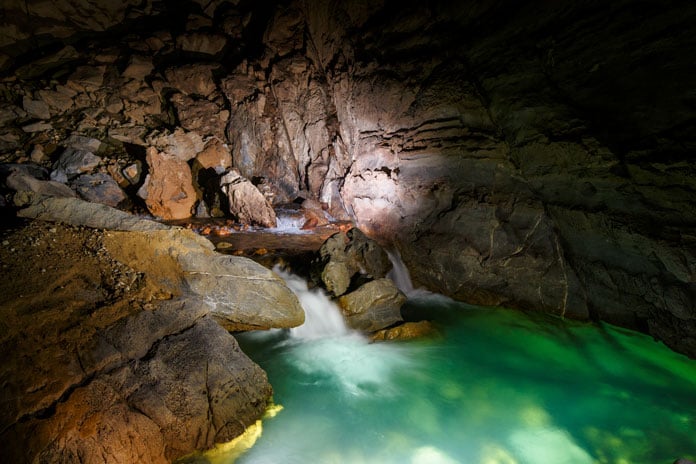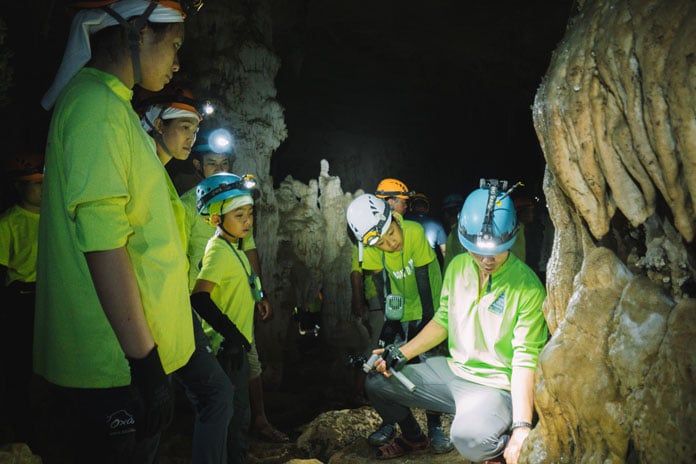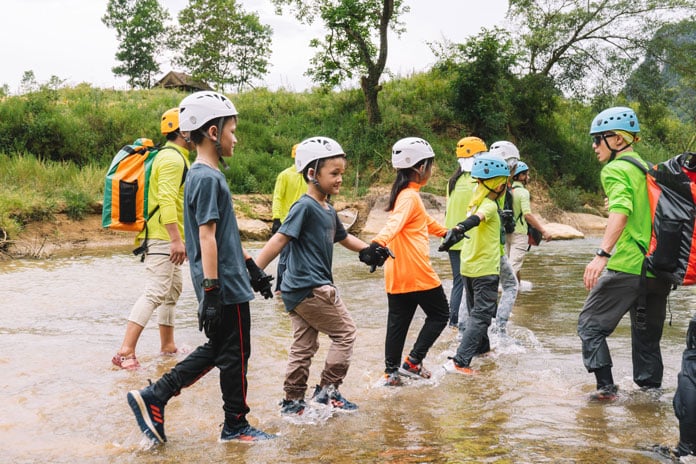Uncovering the natural beauty and cultural riches of Tan Hoa Village
Tan Hoa Commune belongs to Minh Hoa District, Quang Binh Province, Vietnam. It is known for the beauty of its mountains, open grasslands and winding Nan river.
It is also famous for the amazing Tu Lan Cave System, chosen as the filming location for domestic and international movies such as "The Immortal", directed by Victor Vu, "The Legend of Quan Tien" by Dinh Tuan Vu and "Kong-Skull Island" by Jordan Vogt-Roberts. Please join us to learn about this beautiful majestic land.
Land area and population
The area of Tan Hoa is 71.8 km².
Population in 2022 is 3364 people with a density of around 47 people/km².
Geographical location
Tan Hoa is located in the East of Minh Hoa District. The features are as follows:
- The North borders Yen Hoa Commune, Minh Hoa District and Son Hoa, Nam Hoa Commune, Tuyen Hoa District.
- The East borders Cao Quang Commune, Tuyen Hoa District.
- The South borders Thuong Hoa and Trung Hoa Commune, Minh Hoa District.
- The West borders Minh Hoa Commune, Minh Hoa District.
Tan Hoa village is located in a large and flat valley surrounded by limestone mountains and the winding Nan river in the middle, which divides the valley into 2 banks. Tan Hoa residents focus on settling along these sides.
Tan Hoa - the flooding center in Quang Binh Province
The Nan River originates on the Vietnam - Laos border and runs underground for almost three kilometers in Ruc Cave (Trung Hoa Commune), thereafter flowing down the valley to Tan Hoa village.
In the rainy season, the river level rises and floods the Tan Hoa area. The only outlets at the end of the valley are the caves, which cannot handle the huge amount of water in this season. As a result, this village receives floods every year in October and November with a high water level up to 12m deep.
Before 2010, people here had to run to the mountains or makeshift shacks when the floods came. The whole village could be submerged in water; cattle, poultry, and property were swept away. After the flood, people returned empty-handed and tried to rebuild.
After the historic flood in 2010, Tan Hoa’s cadres learned from many other places about how to live with floods. So they invented floating houses of about 20m2 made of wood with empty barrels underneath to float on the water and poles to hold the house in place.
Since 2015, Oxalis Adventure - an adventure tourism company, has organized the "Tu Lan Race" to raise funds for floating houses for poor families. Within 6 years, Oxalis has financed nearly 200 floating houses with a completely new design: stainless steel frame, walls and roof covered with corrugated iron sheets and a larger size of 30m2. This is large enough for a family of at least 6 people and their necessities to survive from the floods.
“Nguon” - the first people to reclaim Tan Hoa land
Residents of Tan Hoa area are “Nguon” people. They are a community belonging to the Viet - Muong group with about 35,000 people living in Minh Hoa District, Quang Binh Province, Vietnam. “Nguon” people are not currently recognized as an ethnic group in Vietnam.
Tan Hoa village has a population of about 3,300 and all are “Nguon” people. They have their own unique language and distinct culture, living by farming, fishing, hunting and collecting bee honey. In addition, they still catch snails, pick wild eggplants, vegetables, roots, etc.
Food: “Nguon” people often eat “Poi” with sweet potato buds, snails and wild eggplants.
“Poi” is their daily dish, originally made from corn, cassava (tapioca) or rice with added beans. Tools for making “Poi” are mortar, pestle, sieve and autoclave. After boiling water, they bring it down to soak the corn seeds for a few hours, then drain and put it in the mortar for pounding and sieving for the flour, this corn powder is then mixed with some water, tapioca flour and kneaded well, finally put in an autoclave and cook.
“Nguon” people have preserved and promoted their mother tongue - the Nguon language. With it, they have created a rich and unique folklore treasure, including fairy tales and folk poetry, telling about their lives throughout history. They have also created songs of fishing, working or lullabies, reflecting their ways of life, aesthetics and literature. In particular, the fishing songs with the rhythmic words "hoi len la hoi len…" shows the collective work to support and help each other.
Tourism activities in Tan Hoa village
It is not just a coincidence that visitors love and appreciate Quang Binh’s tourism. For a long time, Quang Binh has been known as "The capital of Asian adventure tourism” for top – class tours: Son Doong Expedition - the world's largest cave, Discovering Rao Thuong - Hang En, Exploring Hang Va or Discovering Tu Lan Cave System located in Tan Hoa Commune, Minh Hoa District.
The Tu Lan system has dry and wet caves, open for tours from 1 day to 6 days with activities of swimming in and through the caves, contemplating thousands of cave formations, camping in the middle of primeval forests next to waterfalls or rivers… These experiences attract tens of thousands of tourists to Tan Hoa annually.
Tân Hoá village province achieved a remarkable feat in October 2023. The UN Tourism named it among the Best Tourism Villages globally. This recognition highlights destinations that leverage tourism for sustainable development while safeguarding and promoting their unique cultural and natural treasures.
Tân Hoá offers a variety of experiences for visitors. Adventure enthusiasts can embark on an ATV tour with Oxalis Adventure. Immerse yourself in the local way of life with a traditional dinner hosted by a villager's family. Alternatively, explore the village's scenic beauty on a leisurely bike ride.
“Nguon” people and tourism
From time immemorial, “Nguon” people have lived entirely on available natural resources by farming, fishing, hunting and collecting bee honey. In addition, they have been catching snails, picking wild eggplants and vegetables, digging roots (yams), etc. Their houses and furniture are completely made of wood.
In 2011, Oxalis was first licensed to survey and run some pilot adventure tours in Tu Lan Cave System, Tan Hoa. By 2014, the Tu Lan routes were opened with 9 different tours, from easy (for family groups) to difficult (for active people) with various choices, suitable for domestic and international visitors.
Since its establishment, Oxalis has always placed the top priority on local participation. Up to now, Oxalis has created jobs for 120 people from Tan Hoa including 20 full-time and 100 part-time employees. They participate in training courses to become cooks, safety assistants, and porters serving on Tu Lan tours. Some qualified people have been trained to become tour guides, operators or receptionists at Tu Lan Lodge.
With an average income of 6 to 8 million VND for 14-16 working days per month, they can still work in the fields and take care of their family.
The jungle men previously living on hunting, fishing and logging have now become the guardians of the forests. They care about conservation and protecting the natural environment. More than anyone else, they understand that these natural resources bring tourists here, create jobs, increase their income and improve their lives.
Today, if you come to Tan Hoa village, Minh Hoa District, Quang Binh Province, you will see concrete houses, gradually replacing the traditional wooden ones. People here understand that only by protecting the forest resources, the environment and combating climate change, can they avoid natural disasters, storms, and floods.
The schools are built higher and more spacious. Facilities are also funded to improve educational quality. Soon, “Nguon” children from Tan Hoa village will have new skills, spread their wings to go further, become engineers, doctors or tour guides, and return to help their homeland.
The Oxalis Foundation
The Oxalis Foundation has been operating since 2015 and was officially licensed in 2019. Over the past 5 years, the Oxalis Foundation has carried out many important projects such as building schools for Doong Village and Hamlet 5, Tan Hoa villages; awarding hundreds of annual scholarships to students; building 70 floating houses for Tan Hoa commune; opening swimming courses for 200 children per year. In addition, the Oxalis Foundation has also provided emergency assistance (natural disasters, diseases).
This foundation was established by Oxalis Adventure and most participants are businessmen. Therefore, the supported activities should be long lasting.
Funding for the Oxalis Foundation comes from the guest’s support and Oxalis’ friends, and a part taken from business profits.
Tan Hoa community tourism model
Community tourism is a way of encouraging the community to work together to use the values of the natural landscape and their indigenous culture to create products for tourists, thereby creating jobs and income for the locals. Developing community tourism is not only meaningful for tourism but also brings a positive impact on agriculture, farmers, and rural areas, expands the market for agricultural products, increases income, promotes the economy, and contributes to new countryside construction.
Tan Hoa - which fully converges the grandeur and magnificence of nature as well as the cultural beauty of “Nguon” people, is an extremely attractive destination for domestic and foreign tourists. On an annual average, Tan Hoa welcomes tens of thousands of tourists.
From November 2022, Oxalis Adventure in cooperation with the Department of Tourism of Quang Binh Province and local authorities has developed a project to turn Tan Hoa village into a community tourism village operated by local people themselves with homestays, restaurants with local dishes, and tours to visit the cultural beauty of the “Nguon” community. Oxalis will support some households to build homestays with full facilities such as air conditioner, bathroom, modern toilet, etc, and also introduce guests to these homestays. The owners will be trained on how to serve and take care of tourists when staying with them.
The Oxalis Experience.
Whether you prefer long treks, camping in a cave, sleeping under the stars in the jungle, swimming underground in river caves, explore the huge dry caves or just taking an exploratory day trip, Oxalis Adventure Tours can provide the right amount of adventure just for you.



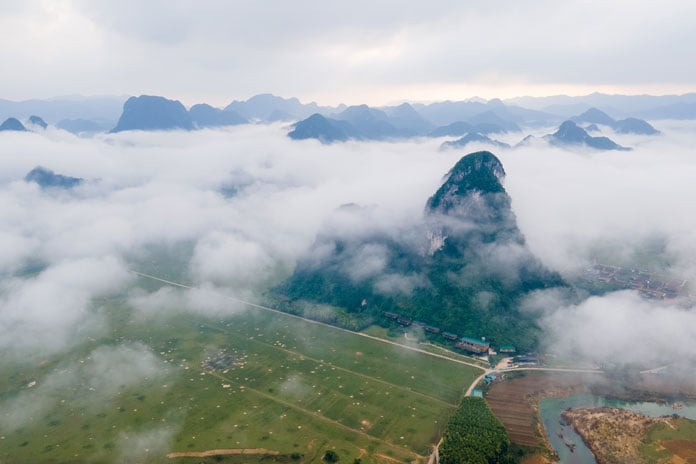
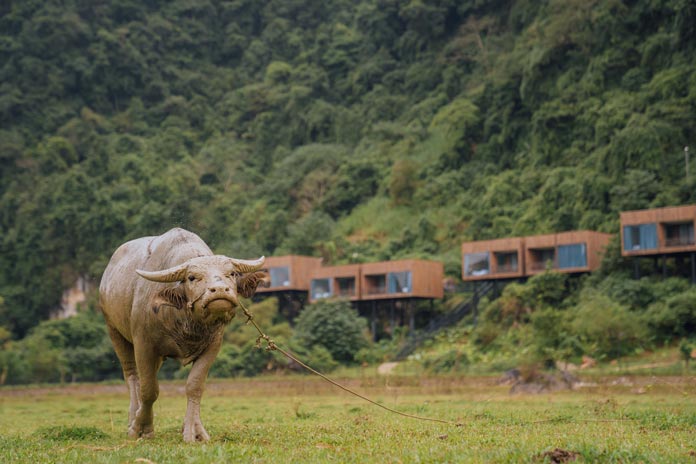
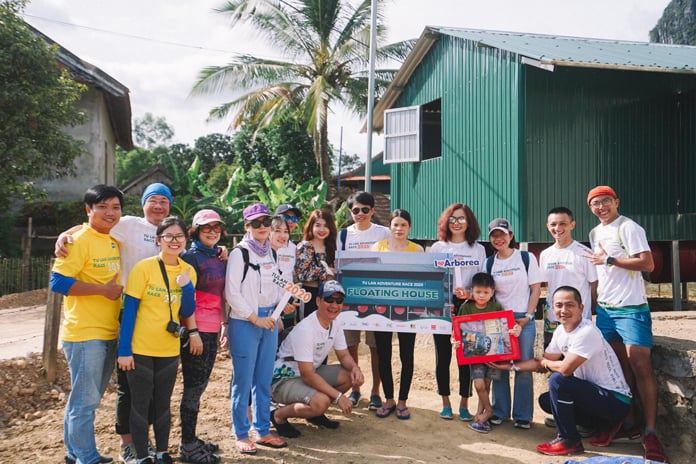
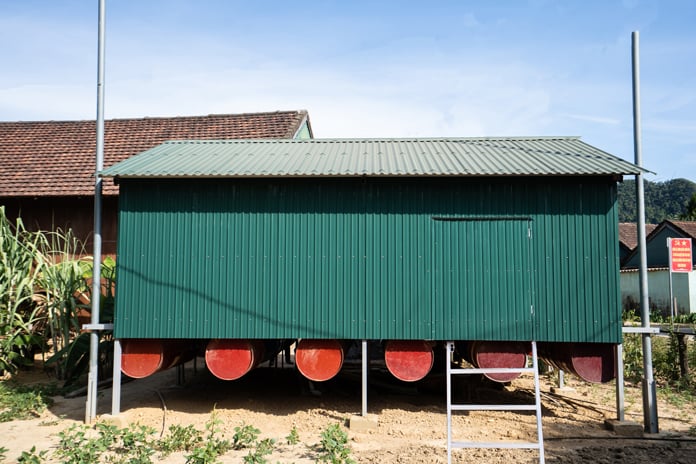
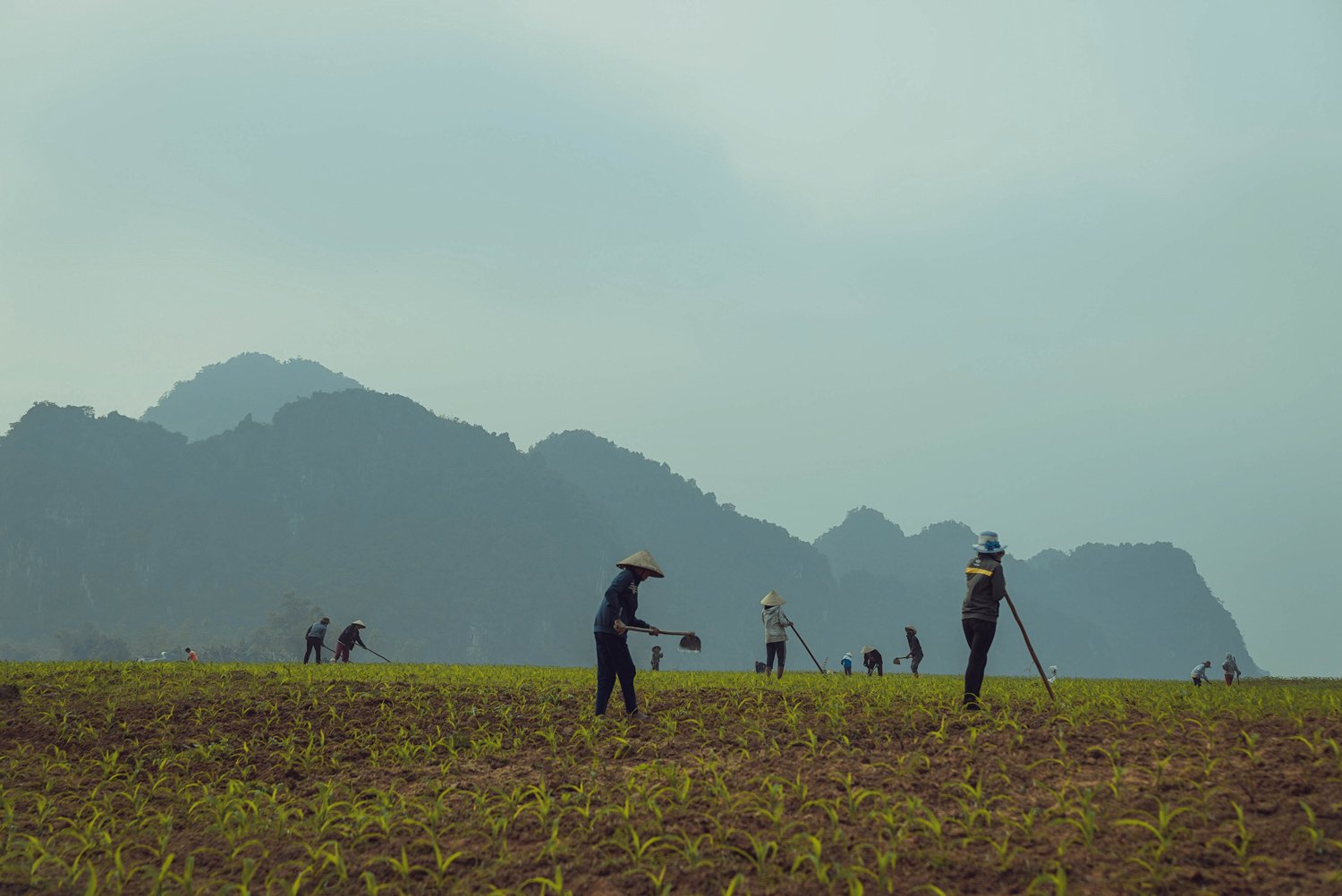
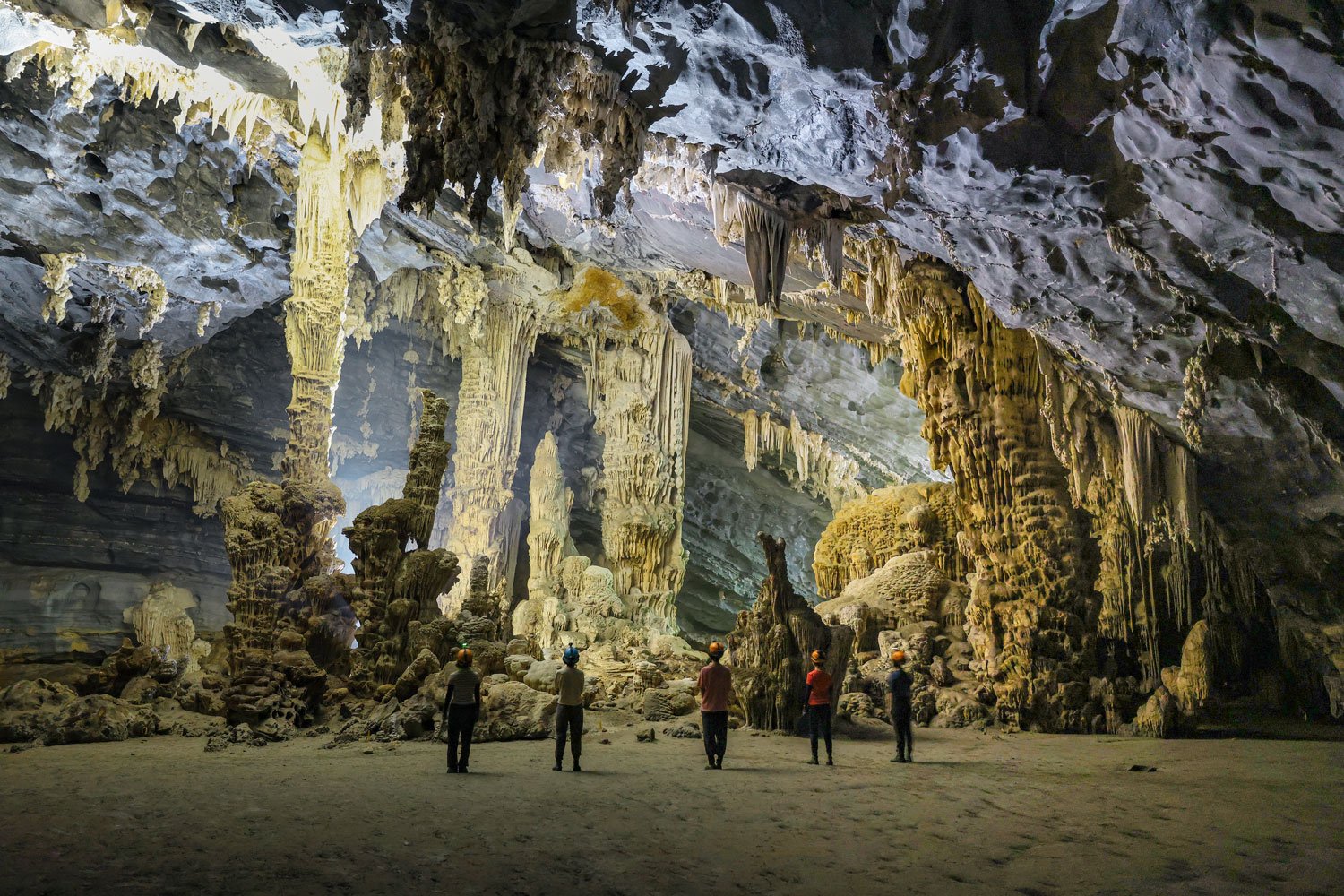
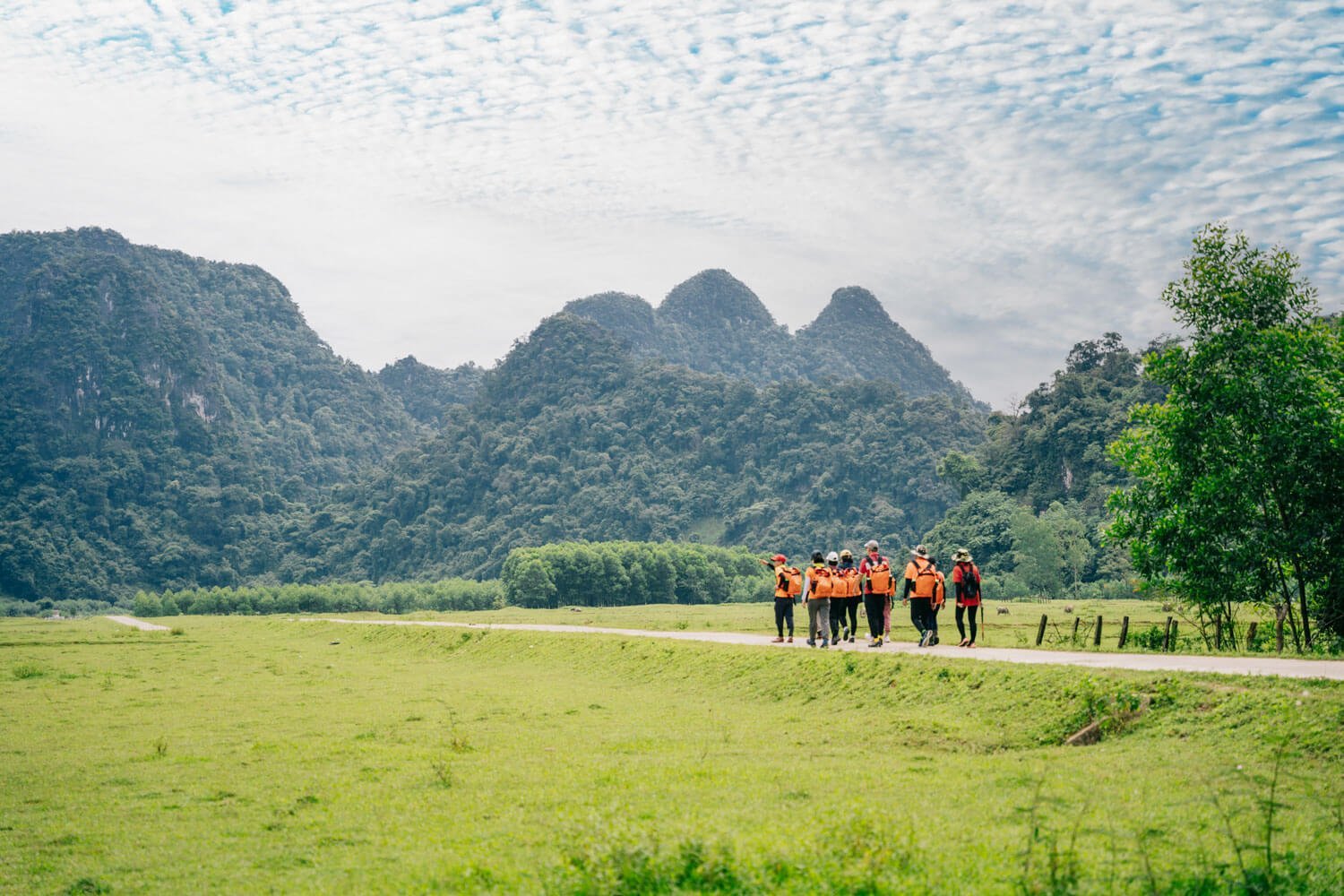
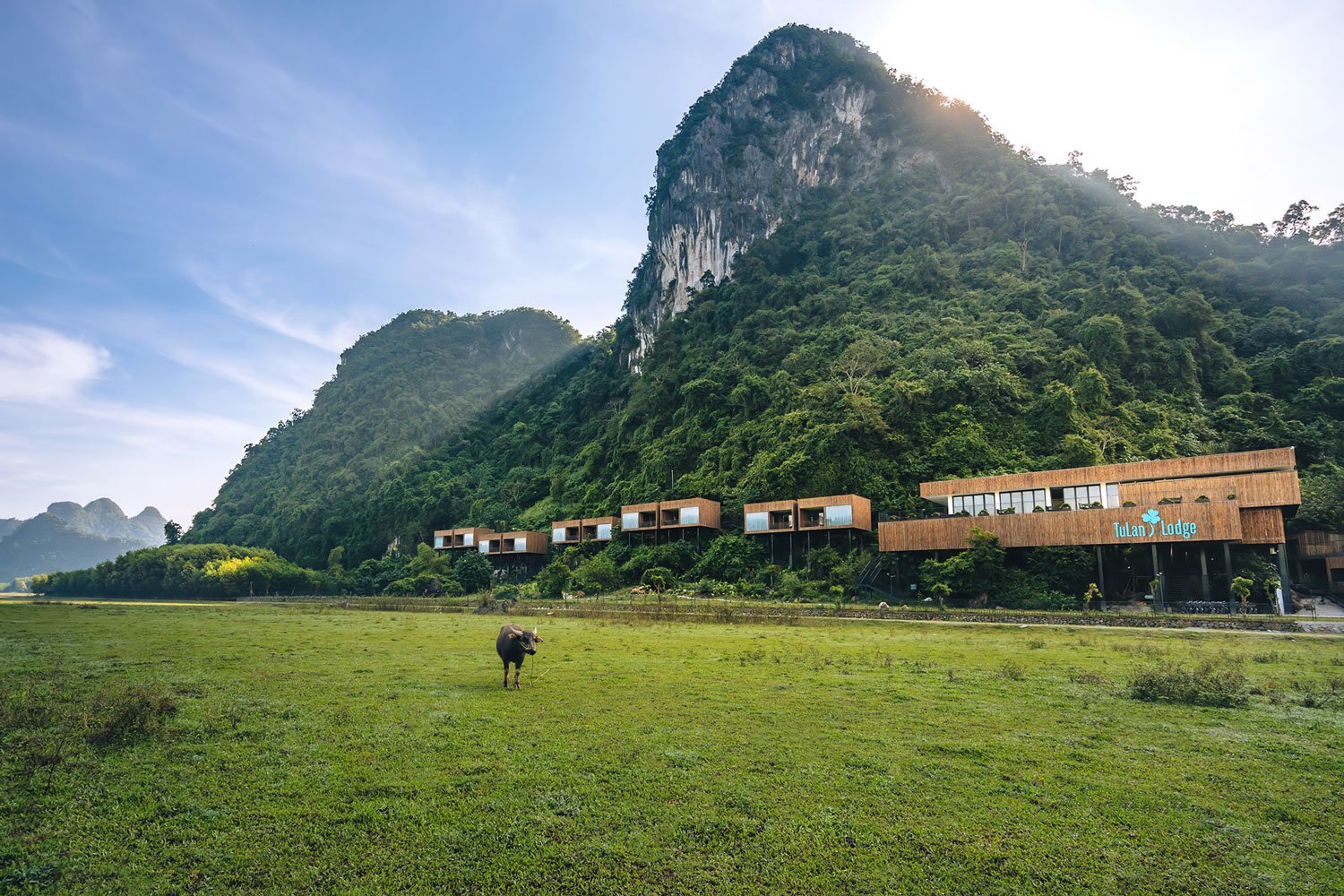
__637051765075307793.jpg)
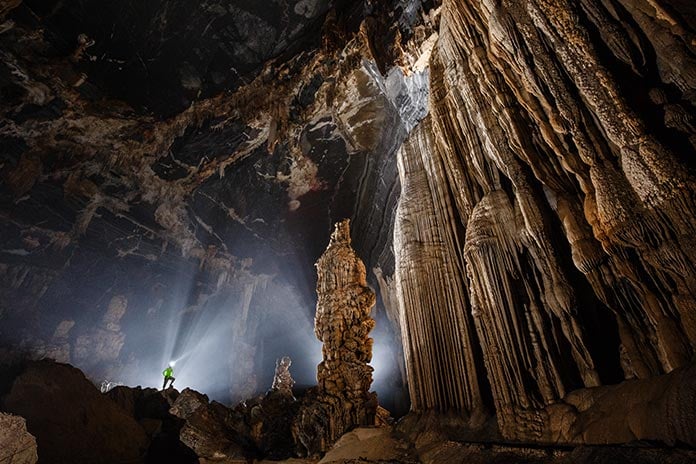
__637051782550081035.jpg)
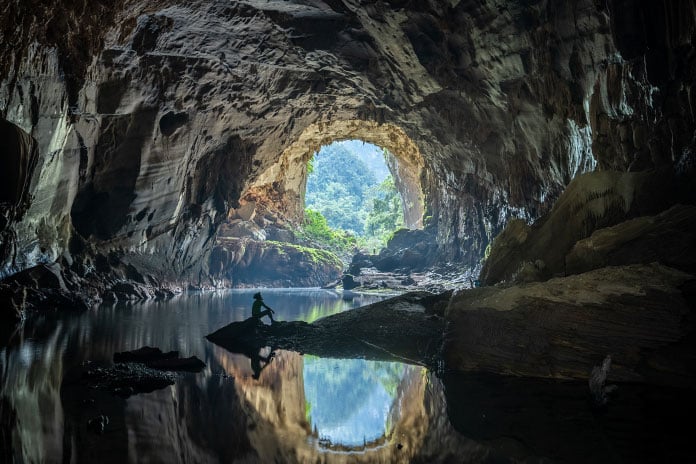
__637051777074859032.jpg)
__637051780703588520.jpg)
__637051781488596056.jpg)
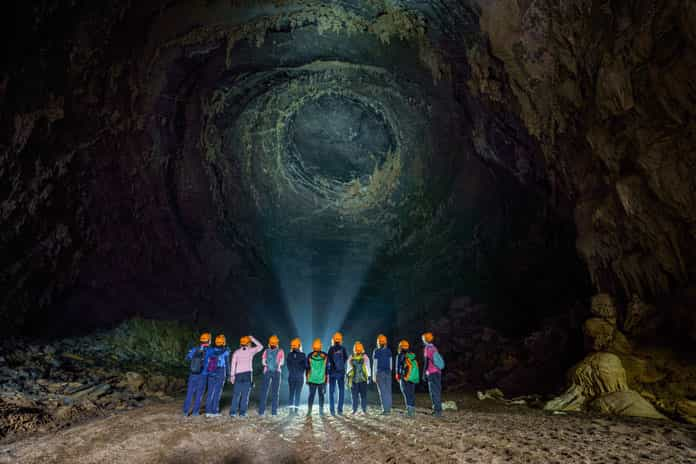
__637051767008903435.jpg)
__637051774329206026.jpg)
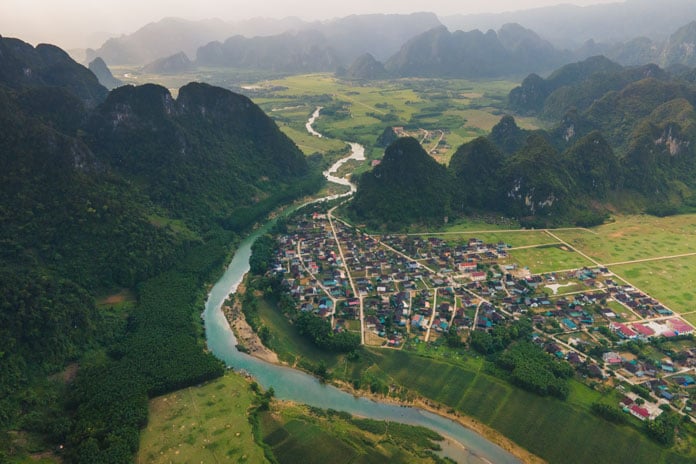
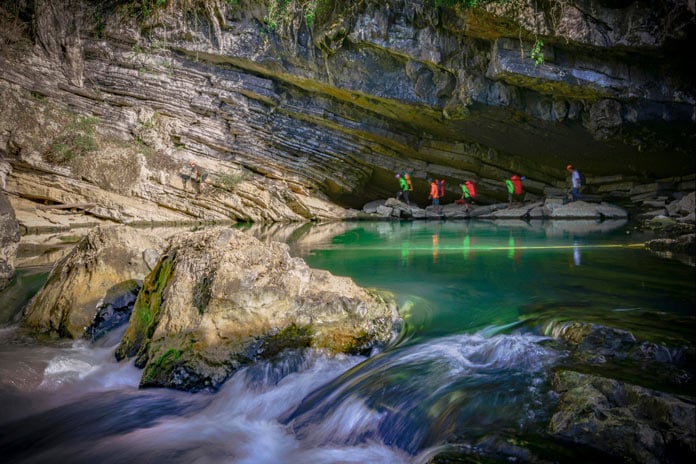
__637740499994967442.jpg)
